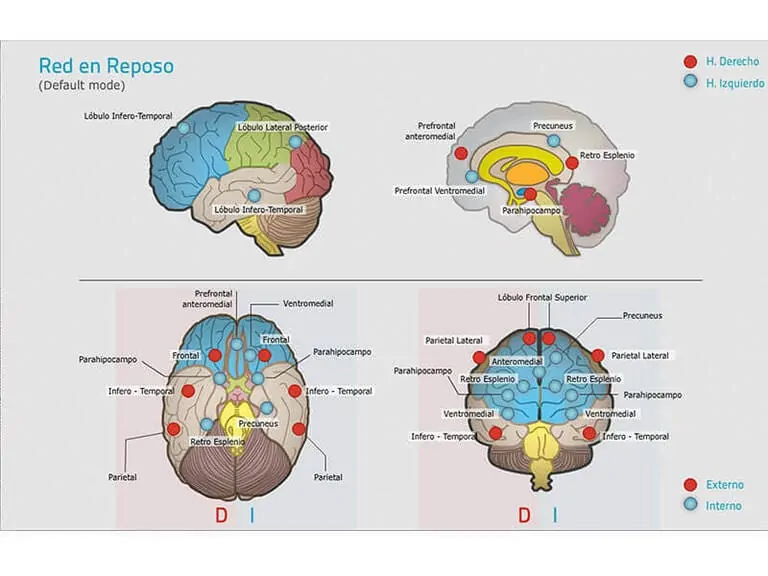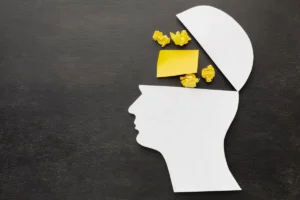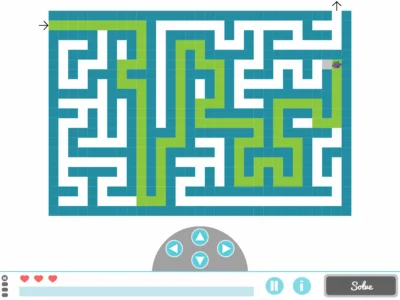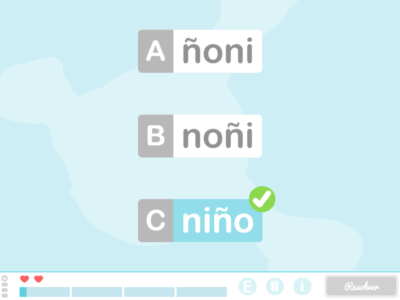This article delves into the definition of attention, attention problems that exist and the activities to work on attention.
Definition of attention: What is attention?
Attention is the process by which we can direct our mental resources to some aspects of the environment, the most relevant, or to the execution of certain actions that we consider more appropriate among the possible ones. It refers to the state of observation and alertness that allows us to become aware of what is happening in our surroundings.
In other words, it is the ability to generate, direct and maintain an adequate state of activation for the correct processing of information.
Fundamental concepts of attention according to Posner:
- It does not process information; it is limited to making that processing possible or inhibiting it. It can be anatomically differentiated from information processing systems;
- it is supported by anatomical networks, it does not belong to a specific area of the brain nor is it a global product of it;
- the brain areas involved in attention do not have the same function, but different functions are supported by different areas. It is not a unitary function.
Therefore, it has two main functions: maintaining the state of alertness (vigilance) and selecting the information to which resources will be devoted (monitoring and control). It selects the mechanisms and the information that will be manipulated. The attentional system has limited capacity, hence it needs to select the type of relevant information.
You can consult the following article on the anatomical bases of attention for more information.

Subscribe
to our
Newsletter
Development
Involuntary attention develops shortly after the orienting reflex appears in the first weeks of life. The baby will gradually show interest in the environment and will want to interact with it. In early childhood voluntary attention promoted by the adult begins to gain importance, mainly through play and other proposed activities.
At early ages children find it difficult to concentrate on an activity for a long time, especially if it is not very appealing to them; as they grow they will be able to increase the time of their interest in something and direct their attention toward the object of their interest, maintaining it as long as their interest lasts. The child will later guide it by himself, making it more stable.
By the second year of life, it becomes more selective and 3- and 4-year-old children can play the same game for half an hour, and at 5 or 6 years it can increase up to an hour and a half and they will pick up more nuances in the object to focus on.
Middle childhood and adolescence are characterized by the development of increasingly complex cognitive functions. As cognitive abilities mature, language becomes the main resource to organize attention and motivation the main tool for stabilization.
Types of attention
Within this cognitive function we must discuss five different processes:
- Sustained: the ability to smoothly maintain the focus of attention on a task or event for a prolonged period of time. This type is also called vigilance.
- Selective: the ability to direct attention and focus on something without allowing other stimuli, whether external or internal, to interrupt the task.
- Alternating: the ability to switch our focus from one task or internal rule to another smoothly.
- Processing speed: the rate at which the brain performs a task (obviously, it varies depending on the task and the other cognitive functions involved). It is measured by the time the subject takes from receiving the stimulus to giving the response.
- Hemineglect: great difficulty or inability to direct attention toward one side (usually the left), both in relation to one’s own body and to space.

Attention problems and symptoms
The most common difficulties experienced by people with attention problems are:
- ease of distraction and lack of attention to detail,
- difficulty following instructions and completing their tasks,
- they often make careless mistakes,
- they avoid tasks that require sustained mental effort.
For example, when we continuously move from one stimulus to another and are not able to focus on any, we are facing an attention problem. This will have a decisive influence on memory processes, since if we do not pay sufficient attention to a stimulus, we will not be able to process it and retain it in memory.
Articles about attention
Brief anatomical bases of attention
A brief exposition of the main nodes involved in the attentional process and how they operate. Based on Posner’s model (which is the most widely accepted) and implementing it with current research.
Attention problems: what they are, types and symptoms
We live in an era in which we are saturated with stimuli that prevent us from maintaining attention on something. It is increasingly common to watch a movie while reading the news on the computer and chatting at the same time on the mobile phone. We are used to performing several tasks at once, but do we really pay the necessary attention to what we are doing? How do we know when we are facing problems with this cognitive function? Can it be trained?
ADHD
The ADHD stands for Attention Deficit Hyperactivity Disorder. It is a neurodevelopmental disorder characterized by manifest symptoms of inattention and/or impulsivity-hyperactivity.
This disorder affects between 2% and 5% of the child and adolescent population. At school level, it is estimated that in a class of 30 students between one and two students have ADHD.
This disorder is chronic and begins to reveal itself before the age of 7. It is also more frequent in boys than in girls. For every four boys with ADHD, one girl has it, according to data from the Federación Española de Asociaciones de Ayuda al Déficit de Atención e Hiperactividad.
If you want to know more about ADHD you can read the following article:
Rehabilitation of divided attention
It is the highest and last level of the hierarchy established by the clinical model of Sohlberg and Mateer1, followed by alternating, selective, sustained and focused attention. This type of attention allows us to carry out several tasks simultaneously, commonly known as multitasking. In this article you will find guidelines to train divided attention in particular it is carried out through three modalities of tasks
Rehabilitation of alternating attention
It is the cognitive ability to change the focus of attention between two or more activities that imply a different cognitive load. For this, mental flexibility is required to allow the change and the performance of the different tasks efficiently, without the cognitive load required in one task being a limitation for the performance of the others, or the change of tasks itself altering concentration.
Rehabilitation of selective attention
It is a complex cognitive function that has been addressed from different fields, from neuropsychology to cognitive neuroscience, through psychometrics and even electrophysiology. This has resulted in the development of multiple models that try to explain this ability from their particular perspective.
Rehabilitation of sustained attention
It corresponds to the “ability to maintain a consistent behavioral response during a continuous or repetitive activity.” In other words, it involves maintaining a vigilance behavior, focusing our attention on a single stimulus for a certain time.
Cognitive stimulation activities to work on this cognitive function
Attention and memory worksheets for children and adults
Below, we present 10 NeuronUP attention and memory worksheets ideal for the neuropsychologist or occupational therapist to work with both children and adults.
Bibliography
- Ballesteros, S. (2000, New Revised and Expanded Edition). General Psychology. A cognitive approach for the 21st century. Madrid: Editorial Universitas.
- Bruna, O., Roig, T., Puyuelo, M., Junqué, C. & Ruano, Á. (2011). Neuropsychological rehabilitation: Intervention and clinical practice. Barcelona: Elseiver Masson.
- Londoño, L. (2009). Attention: a basic psychological process. Revista de la Facultad de Psicología Universidad Cooperativa de Colombia. Volumen 5, Número 8 / Enero – junio 2009.
- Posner, M. I. (1995). Attention in cognitive neuroscience: An overview. In M. S. Gazzaniga (Ed.)
- Posner, M.I and Bourke. P. (1999): “Attention”.
- Rosselli M, Ardila A. Cognitive development and brain maturation. In Rosselli M, Ardila A, Pineda D, Lopera F (Eds). Child neuropsychology. Advances in research, theory and practice. Medellín: Prensa Creativa, 1997.
- Ruíz E. How to improve the attention of children with Down syndrome. Rev Síndrome de Down 2013; 30: 63-75.
If you found this post about What is attention? Definition, problems and activities to work on it helpful, you might also be interested in:
“This article has been translated. Link to the original article in Spanish:”
¿Qué es la atención? Definición, problemas y actividades para trabajarla.







 Benefits of leisure and tourism for people with disabilities
Benefits of leisure and tourism for people with disabilities
Leave a Reply